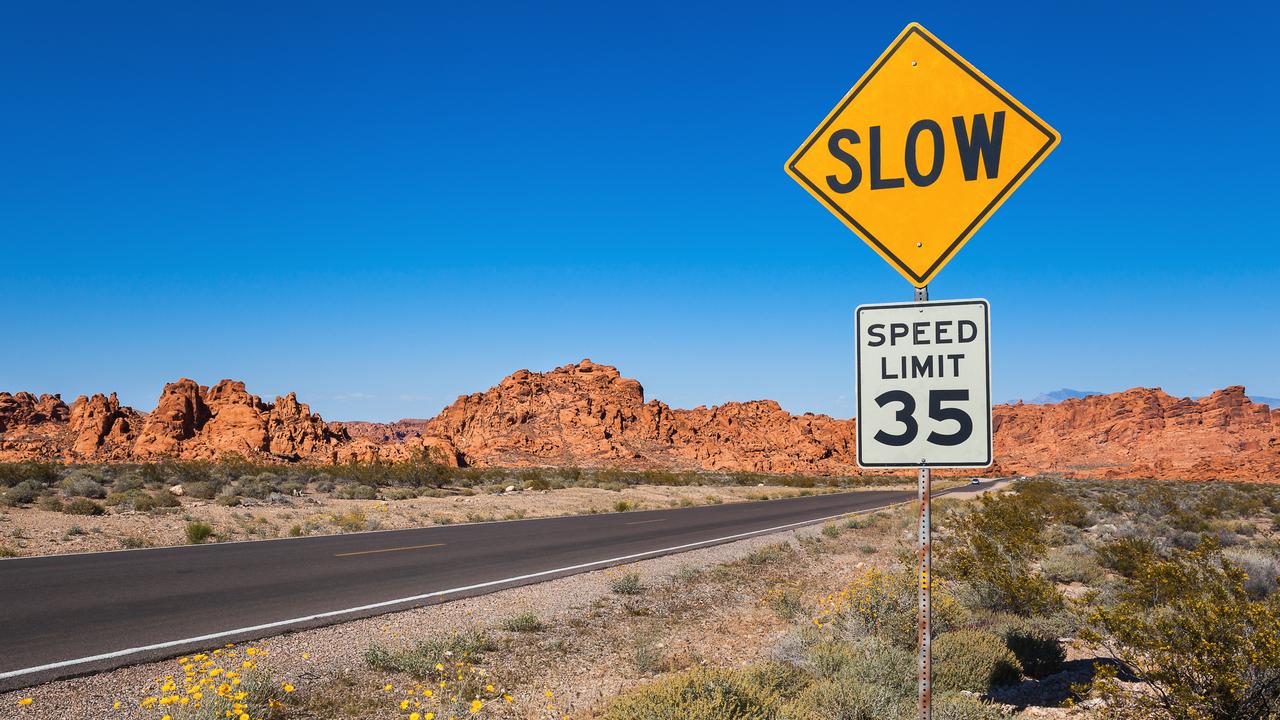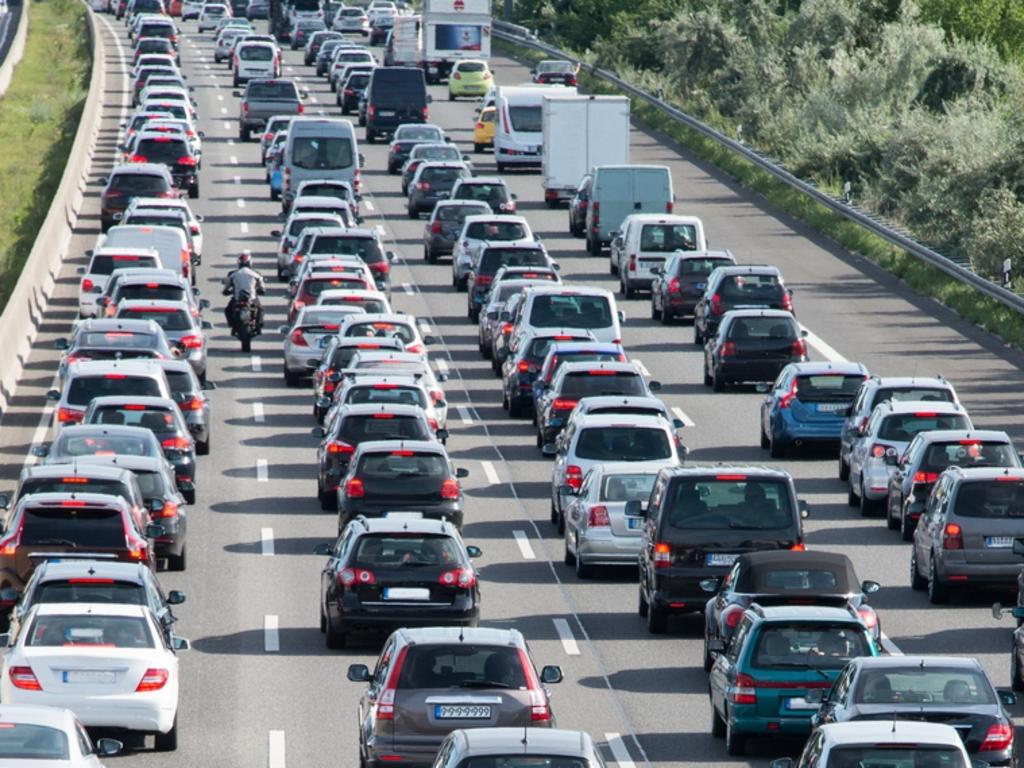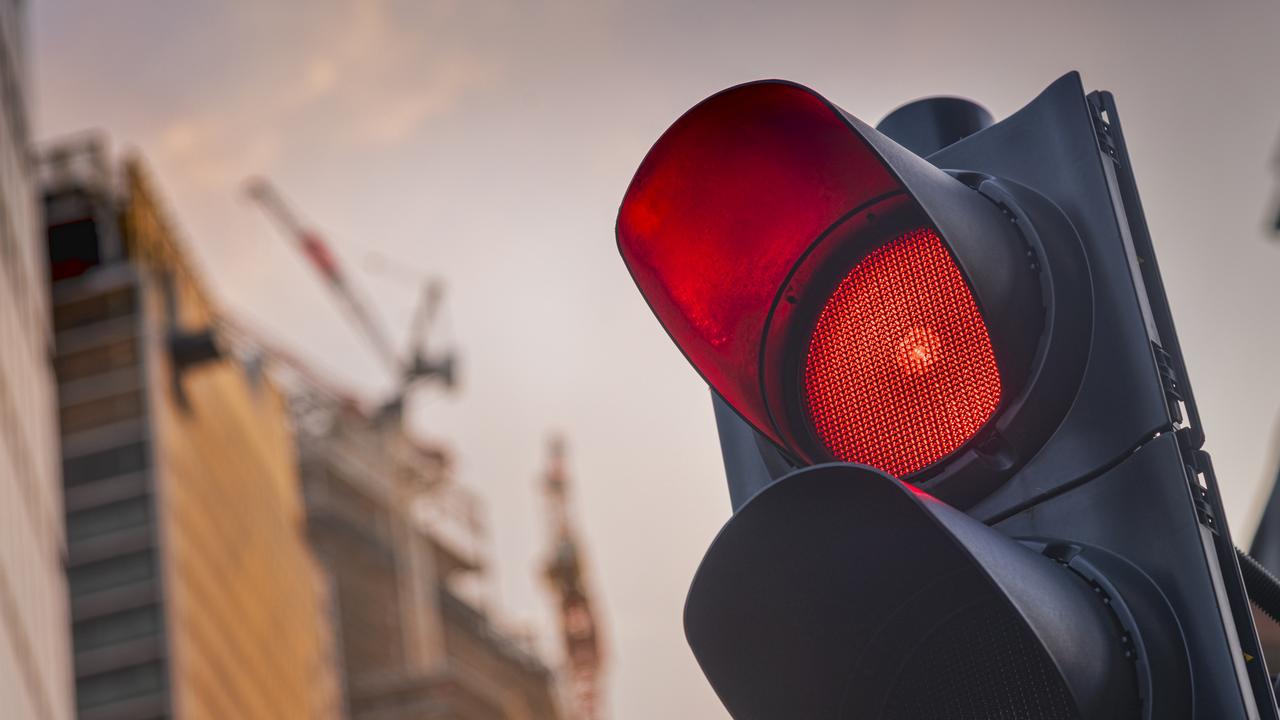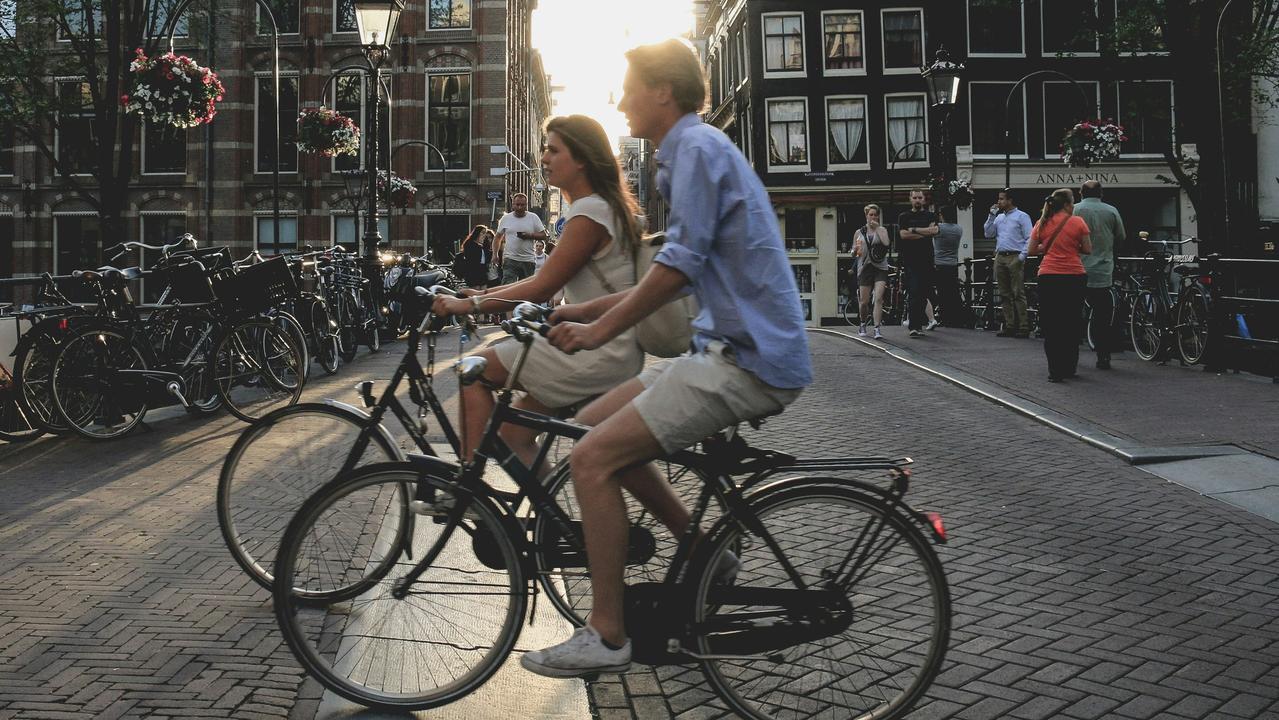The one road rule you need to know when driving in the USA
Before I set off on a recent road trip, I asked a motoring journalist mate to give me her driving tips. I then learned a rule that shocked me.
Before I set off on my recent solo road trip from New Orleans along the Gulf Coast of Louisiana, Mississippi and Alabama, I asked an Australian motoring journalist to give me her tips for Aussies driving in the States.
Her biggest warning? Other than, of course, stick to the right?
“You can turn right on red lights.”
Er … what?

That will not be happening, I told her nervously. I am going to be too freaked out worrying about right-hand driving, steering wheels on the left, figuring out what ‘miles per hour’ means and about 289 other potentially life-ending things to dare to turn anywhere on red lights. “People in the South are very polite,” I told her. “They’ll understand if I just sit there and wait.”
Turns out they did not understand and they beeped. A lot. You have to turn right on a red light in America if it’s safe to do so, or other drivers will let you know about it.
In time I got used to it and driving in the US turned out to be a hell of a lot of fun. Here’s what else I learned:
1. The speed limit is only a suggestion
The speed limit along most of the Interstate along the Gulf Coast was around 70mph (110km/h). I don’t think I saw one roaring Chevvy or Lincoln truck on any Interstate between New Orleans and Mobile doing a hair under 90mph (145km/h).

To a Sydneysider who is currently three terrifying points away from losing her Australian driver’s licence because of continual speed violations of less than 10km/h, this was a shocking – and thrilling – revelation. At first I diligently obeyed the signs like a good girl. But eventually, when in Rome …
2. The inside lane is the fast lane and the outside lane is the slow lane
I’m not sure I ever would have worked this out if I hadn’t quizzed an Uber driver on my way to pick up my rental car, because every lane in the South looks like it’s racing along at a supersonic speed. But yes, this is the case. If you’re unsure, stick in the middle lane, which is more or less the ‘anything goes’ lane.
3. If a car has stopped on the verge, you’re supposed to change lanes away from the outside lane to avoid it
This was something I encountered several times. It was either a breakdown on the verge or – very rarely – a state trooper pulling someone over (not for speeding I don’t think – I truly don’t believe speeding is considered a punishable traffic violation in the southern states of America).

Before I realised what was happening, the other cars in front of me were all swinging themselves off to the lane to the left, to give the car on the verge a wide berth. Me? I was too busy trying not to die in about 28 different ways, so I never had my wits about me to do the same. Thankfully I didn’t run down any stray pedestrians.
4. Rental car companies HATE credit/debit cards and will charge you a huge holding fee if you use one
As in, around $US500 ($A700). So be prepared and make sure your card is fully loaded up.
5. In cities, many intersections have stop signs on every corner
By that I mean you arrive at a four-way intersection and every single corner includes a stop sign. The idea is that you do a polite eye-contact dance to decide who got there first, and therefore who gets to cross first. Americans are very polite drivers (don’t be surprised by this – Americans are very polite people in general, despite what the rest of the world often thinks of them), and so this is rarely a problem. But don’t be that person who tunes out and doesn’t pay attention to the silently agreed order.
6. Also when in cities, cars often give way to pedestrians
There’s that politeness again. There’s no rule that says cars have to stop for people wandering all over the road but more often than not they do. Note: It is likely this applies more in smaller, polite towns in the South than, say, the middle of Manhattan. As a pedestrian, apply this observation at your own risk.

7. You can actually park
This never failed to astonish me. Even in enormous cities like Los Angeles it is possible to park on the street. Nearly everywhere. Coming from a city like Sydney, whose population of five million people competes for approximately 100,000 parking spaces at any given moment, this was a shocking revelation. Parking is possible almost everywhere. Throughout the South I regularly checked with hotels and restaurants if I’d need to arrange valet parking or catch Ubers to get to their establishments and was gently informed, that no, I could simply park on the street. And over and over, this proved to be true.
I mean sure, I usually still had to drive around the block several times looking for the perfect park. Because trying to reverse park when you’re sitting on the ‘wrong’ side of the car is a whole different kettle of impossible …





